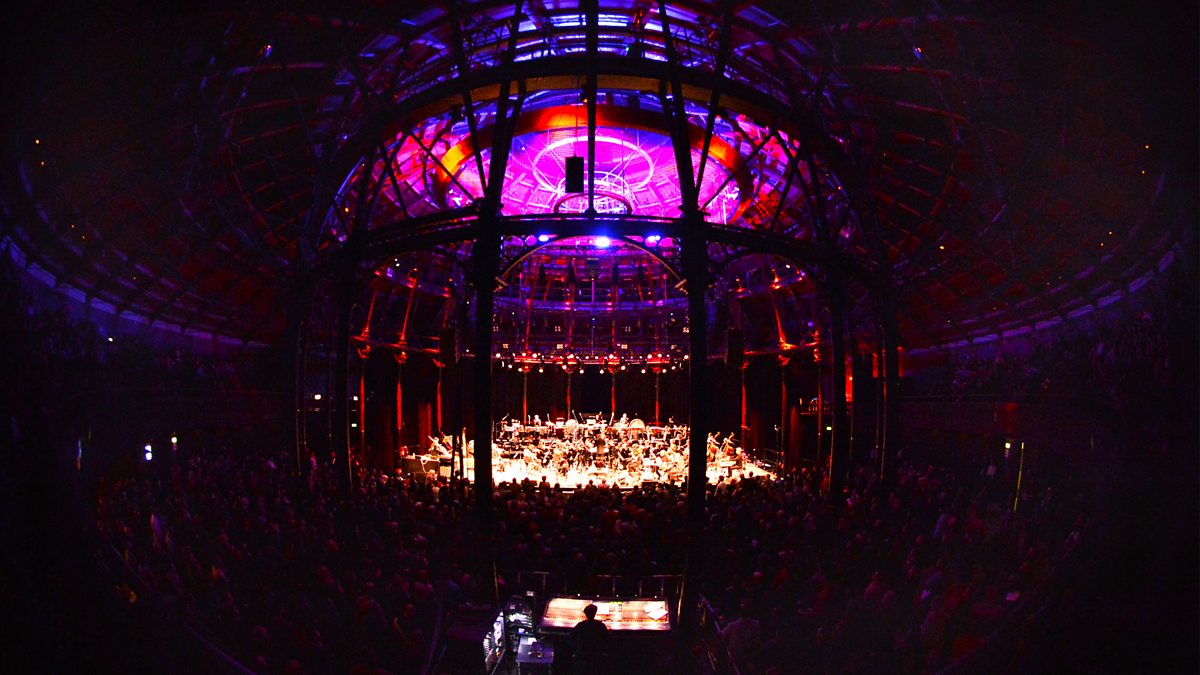As part of R3's celebratory day devoted to Hector Berlioz, a re-broadcast of this work from 1989, originally broadcast on the "Between the Ears" series. Inspired by Euphonia, a mythic land invented by Berlioz in his Evenings in the Orchestra, David Sawer(b1961) created this 50-minute electro-acoustic work in collaboration with the BBC Radiophonic Workshop.
The programme ios completed by two orchestral works, performed by the SWRSO, conducted by Peter Rundell: Benedict Mason(b1954)'s Ricochet from 2018; and Swiss composer Hermann Meier(1906-2002)'s Stück für großes Orchester und Klavier vierhändig ("Piece for Large Orchestra and Piano, 4 hands") from 1965.
Tom Service presents,
The programme ios completed by two orchestral works, performed by the SWRSO, conducted by Peter Rundell: Benedict Mason(b1954)'s Ricochet from 2018; and Swiss composer Hermann Meier(1906-2002)'s Stück für großes Orchester und Klavier vierhändig ("Piece for Large Orchestra and Piano, 4 hands") from 1965.
Tom Service presents,

Comment